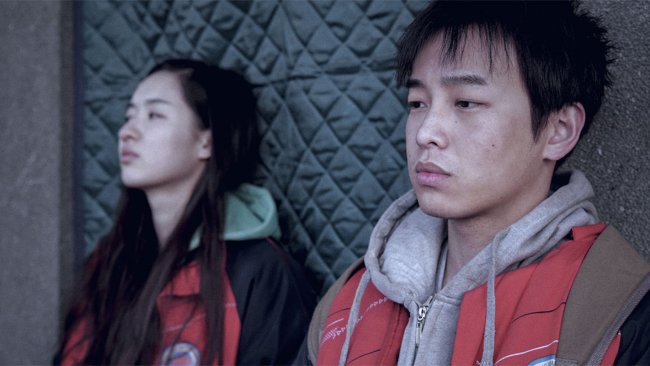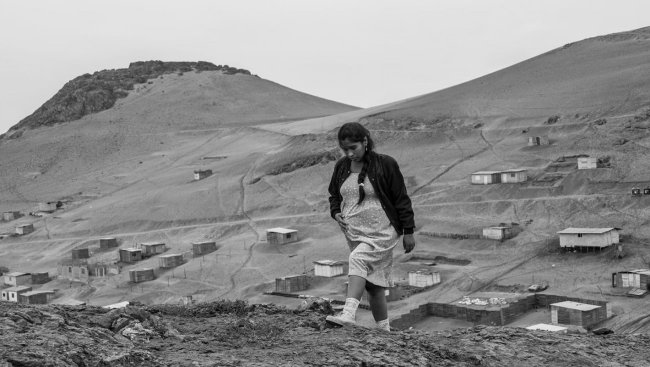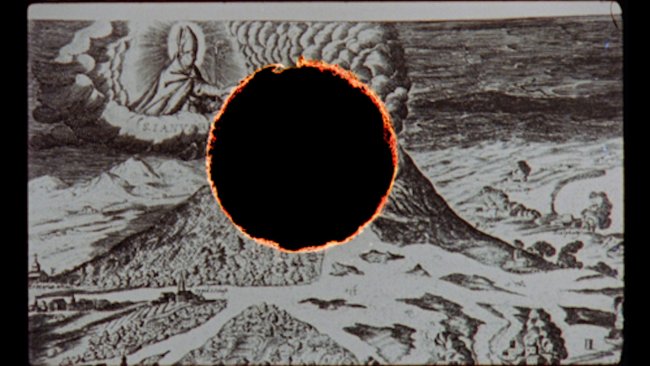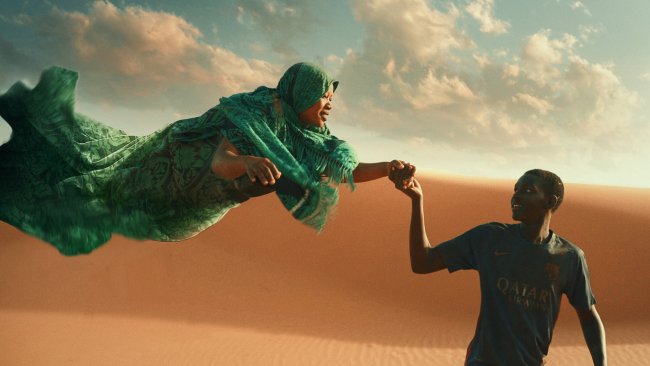The Seen and Unseen
[…] "The Seen and Unseen" is a movie of desire and, more precisely, of how that desire is a powerful source of imagination.
[…] In this way the film makes visible both Tantri's interiority and her exteriority, makes tangible both the seen and the unseen, but visible only insofar as they are not separated.
[…] This reference to cinema through the shadow play is an important clue for us; we will see the further artistic forms presented not only as scenes within the film but also as expressions of the cinematic specificity of the film itself.
Text: Giuseppe Di Salvatore
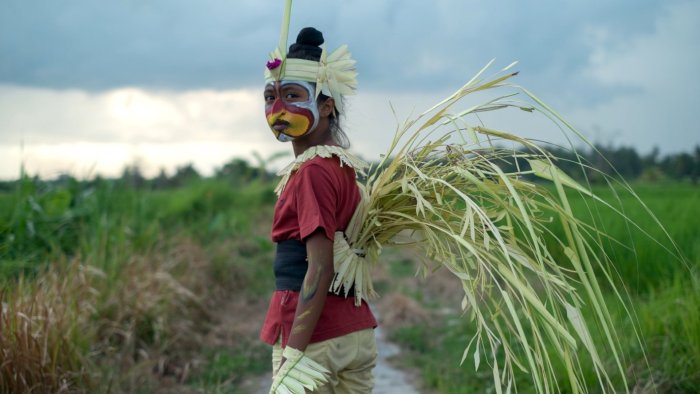
Twins are the embodiment of dependence and complementarity; their separation cannot but symbolise the incompleteness, the internal tear, absence and the desire for wholeness that stems from it. The Seen and Unseen is a movie of desire and, more precisely, of how that desire is a powerful source of imagination.
The 10-year-old Tantra is critically ill. Tantri, his twin sister (the very impressive Ni Kadek Thaly Titi Kasih) tries to cope with the separation his illness creates, knowing that the moment in which Tantra disappeared – later he will be found with a brain tumour – is somehow bound to his having stolen and eaten an egg that was meant to have been offered to the gods. But this is not a spiritual “explanation”, insofar as the world of spirituality, legend and local tradition is seen by us through Tantri’s eyes. Kamila Andina’s film does not state any particular truth but immerses us into Tantri’s world, where her prosaic daily life is merged with her imaginary one (in this respect, the film recalls Apichatpong’s distinctive style of filming). In this way the film makes visible both Tantri’s interiority and her exteriority, makes tangible both the seen and the unseen, but visible only insofar as they are not separated. Thus Tantri’s imagination is nothing less than a desperate attempt to try to join the obscure world of her unconscious, ailing brother.
Yet, there is nothing truly surreal in the story that Andina tells us. The elements constituting the spiritual meditations that we see on-screen are simple and natural: the flowers that are specifically prepared to be an offering to the gods, that assume a strong poetic function in Tantri’s thoughts at the same time; the rice and the paddy plants whose planting and cultivation are discussed by Tantri’s father and other men, while her planting the paddy seeds is intended to create a sort of “substitute” from the absent Tantra; the simple presence of the chickens and cockerels in the farming landscape, including the tradition of cockfighting, but also an inspiration for ritual dances; the eggs – simultaneously a staple of their daily diet and a symbol of life; the moon – night-time illumination, a medium of universal communication, and also an object of attraction and influence on human destinies.
In Tantri’s story, these natural and simple elements are transformed systematically into inputs for her artistic expressions. Her first night trip in the imaginary company of her brother introduces the first of several artistic presentations in The Seen and Unseen through the meaningful form of the shadow play. This is clearly not only a traditional Balinese art; it is also perceived as a direct reference to cinema, through a theatrical representation that strongly influenced the very early days of moving pictures. This reference to cinema through the shadow play is an important clue for us; we will see the further artistic forms presented not only as scenes within the film but also as expressions of the cinematic specificity of the film itself. Musical pieces, poems, songs, and dances (Ni Kadek Thaly Titi Kasih’s dance performance is amazing) make up the performative backbone of The Seen and Unseen. Besides their strong aesthetic effect – for which we have also to praise Anggi Frisca’s fascinating camera and Yasuhiro Morinaga’s splendid sound design – they are the connection between prosaic everyday reality and the spiritual world with its gods – and between the living sister and her dying brother. En passant, it is interesting to observe how only Tantri’s mother participates in this artistic layer of the story by playing music and singing songs, whereas her father and the other men remain bound to the film’s objective reality.
The tension and fusion between the real and the imaginary worlds in Tantri’s story present also a precise evolution: during the several night trips with her brother, the purely imaginary participation of Tantra in her plays constantly declines, leaving her increasingly alone with her fantasies. This evolution expresses how reality slowly intrudes into her imagination, and thus how Tantri’s imaginary work has a particular healing function. But the acceptance of the sorrowful reality of losing her twin brother doesn’t mean the disappearance of her artistic plays, for Tantra’s absence will continue to nourish Tantri’s desire and her imagination, therefore the arts and the cinema. The Seen and Unseen is cinema at its best.
This article contains a third-party video. If you would like to watch the video, please adjust your settings.
Info
The Seen and Unseen | Film | Kamila Andini | IDN-NL-AUS-QAT 2017 | 86’ | FIFF 2018
Critic's Choice Award at FIFF 2018
First published: March 23, 2018
